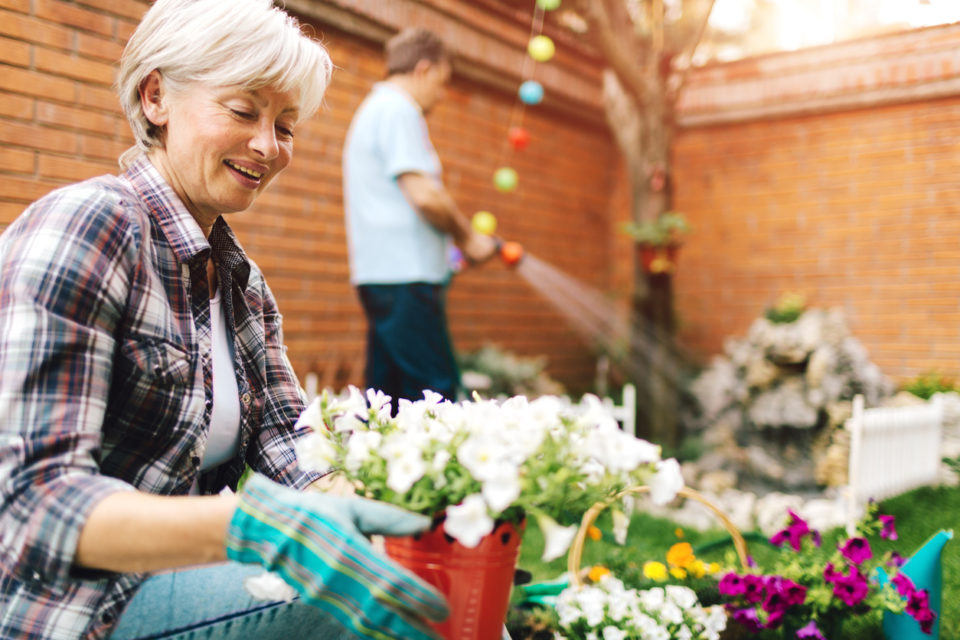
Planting season is upon us, and there’s no reason you can’t have a showstopping flower garden this year. If you follow these tips for planting flowers, you’ll be well on your way to a bloom-filled garden this summer!
1. Choose the Location and Plants
The first step is to decide where you’re going to place your garden. Will it be along the front of your home? Across a large swath of your backyard? No matter which spot you choose, the next step is to determine the amount of sunlight the area gets and choose plants that will grow well there. There are a wealth of online resources about what plants tolerate partial sun and which need full exposure, but most nursery plants also come with tags that tell you how much light they need.
1. Dig, Dig, Dig
If you don’t already have a bed started, you’ll need to make a raised bed or dig out an in-ground bed for your flowers. If you have an existing bed, prepare the soil for this year’s planting with a new top layer and compost if you have it. Flowers grow best when the soil is loose, well-drained, and rich in organic material. And remember, you shouldn’t plant when the soil is very wet as it can lead to compacting!
3. Plant Your Flowers
Follow the instructions on your seed packet or on the nursery pot to plant each type of flower in your garden bed. If planting from a potted plant, gently remove most of the soil from the root ball, being careful not to damage the roots in the process. Be firm when replacing the soil around the plant, but don’t pack it down too hard.
4. Water and Mulch
After you’ve planted, give your flowers a good soak and add a layer of mulch to help slow down the evaporation process. In general, gardens need about two inches of water each week, so check the weather forecast regularly and be sure to give your plants a drink if there isn’t enough rain on the radar. Many gardeners suggest that you should only water before noon so that the plants can soak it up before nighttime — and an increased risk of root rot/fungus- – rolls around.
You might also like: Master These Mouthwatering Homemade Chocolate Chip Cookies
5. Enjoy the Blooms
As your flowers begin blooming, you should feel free to clip them back for bouquets in your home. This will promote more growth, giving you more flowers over the growing season. As with any plant, trim away any brown foliage for a cleaner look and to reallocate the plant’s energy.
Disclaimer: The stock image is being used for illustrative purposes only, and it is not a direct representation of the business, recipe, or activity listed. Any person depicted in the stock image is a model.
